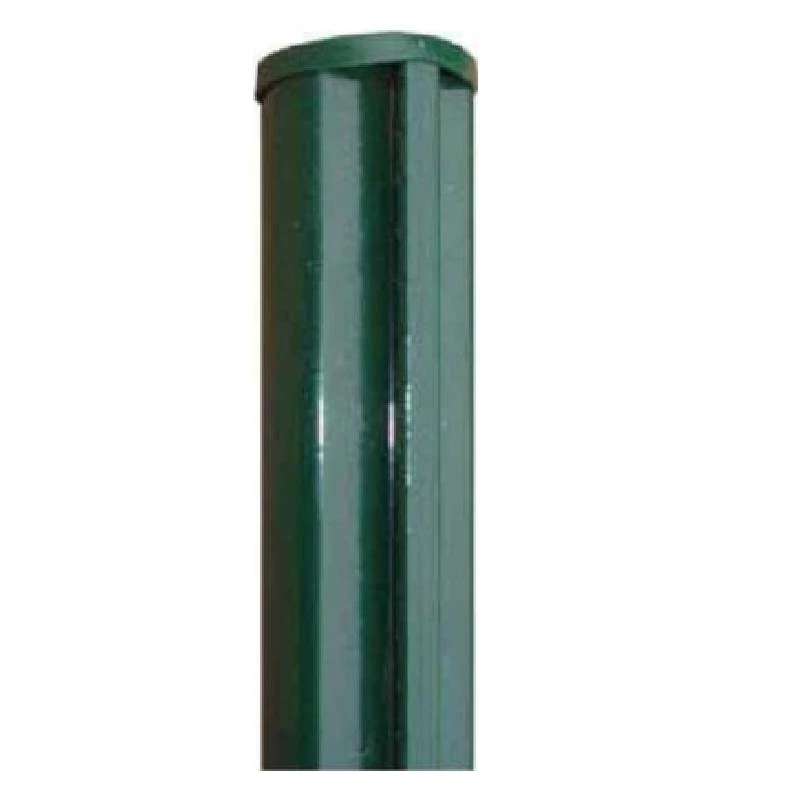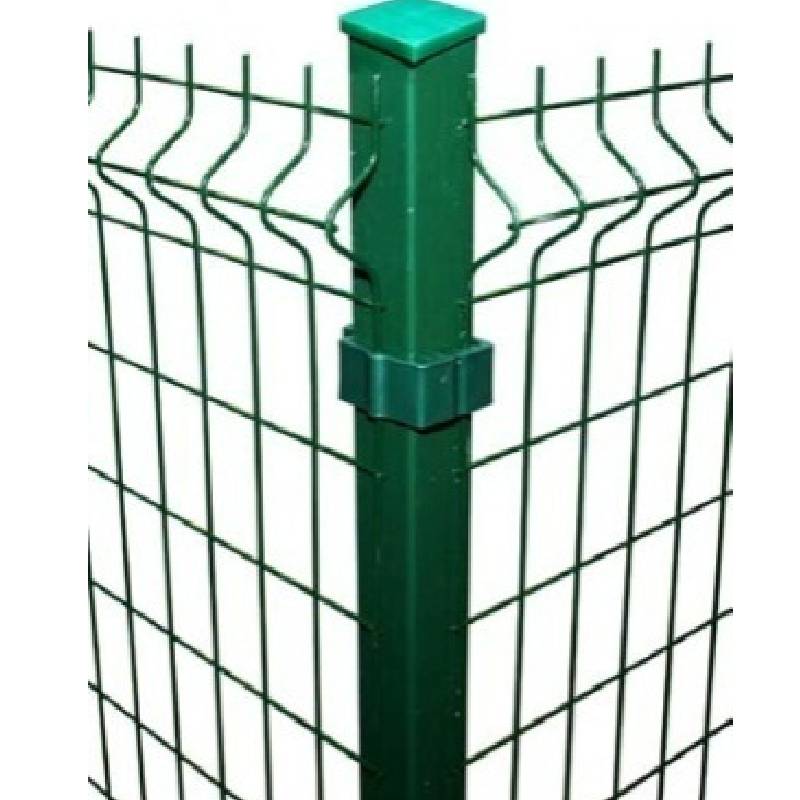-
Email:zhao@hyliec.cn
-
Tel:+86 311 85273988
-
WhatsAPP:8613931128750
-
 efrîkanî
efrîkanî -
 Albanî
Albanî -
 Amharîkî
Amharîkî -
 Erebî
Erebî -
 Ermenî
Ermenî -
 Azerî
Azerî -
 Baskî
Baskî -
 Belarûsî
Belarûsî -
 Bengalî
Bengalî -
 Bosnayî
Bosnayî -
 Bûlgarî
Bûlgarî -
 Katalanî
Katalanî -
 Cebuano
Cebuano -
 Korsîkayî
Korsîkayî -
 Xirwatî
Xirwatî -
 Çekî
Çekî -
 Danîmarkî
Danîmarkî -
 Holandî
Holandî -
 Îngilîzî
Îngilîzî -
 Esperanto
Esperanto -
 Estonî
Estonî -
 Fînlandî
Fînlandî -
 Fransî
Fransî -
 frîzî
frîzî -
 Galîsyayî
Galîsyayî -
 Gurcî
Gurcî -
 Almanî
Almanî -
 Yewnanî
Yewnanî -
 Gujaratî
Gujaratî -
 Kreoliya Haîtiyî
Kreoliya Haîtiyî -
 Hausa
Hausa -
 Hawaiyî
Hawaiyî -
 Îbranî
Îbranî -
 Nexêr
Nexêr -
 Miao
Miao -
 Macarî
Macarî -
 Îzlandî
Îzlandî -
 igbo
igbo -
 Îndonezî
Îndonezî -
 Irlandî
Irlandî -
 Îtalî
Îtalî -
 Japonî
Japonî -
 Javanesî
Javanesî -
 Kanadayî
Kanadayî -
 Qazakî
Qazakî -
 Khmer
Khmer -
 Rwandan
Rwandan -
 Koreyî
Koreyî -
 Kurdî
Kurdî -
 Qirgizî
Qirgizî -
 TB
TB -
 Latînî
Latînî -
 Letonî
Letonî -
 Lîtvanyayî
Lîtvanyayî -
 Luksembûrgî
Luksembûrgî -
 Makedonî
Makedonî -
 Malgashi
Malgashi -
 Malayî
Malayî -
 Malayalamî
Malayalamî -
 Maltezî
Maltezî -
 Maorîyî
Maorîyî -
 Maratî
Maratî -
 Moxolî
Moxolî -
 Mîyanmar
Mîyanmar -
 Nepalî
Nepalî -
 Norwêcî
Norwêcî -
 Norwêcî
Norwêcî -
 Occitan
Occitan -
 Peştûyî
Peştûyî -
 Farsî
Farsî -
 Polandî
Polandî -
 Portekizî
Portekizî -
 Pencabî
Pencabî -
 Romanyayî
Romanyayî -
 Rûsî
Rûsî -
 Samoan
Samoan -
 Scottish Gaelic
Scottish Gaelic -
 Sirbî
Sirbî -
 Îngilîzî
Îngilîzî -
 Shona
Shona -
 Sindî
Sindî -
 Sinhala
Sinhala -
 Slovakî
Slovakî -
 Slovenî
Slovenî -
 Somalîkî
Somalîkî -
 Îspanyolî
Îspanyolî -
 Sundanese
Sundanese -
 Swahîlîyî
Swahîlîyî -
 Swêdî
Swêdî -
 Tagalogî
Tagalogî -
 Tajik
Tajik -
 Tamîlî
Tamîlî -
 Tatar
Tatar -
 Teluguyî
Teluguyî -
 Thayîkî
Thayîkî -
 Tirkî
Tirkî -
 Tirkmenî
Tirkmenî -
 Ûkraynî
Ûkraynî -
 Ûrdûyî
Ûrdûyî -
 Uyghur
Uyghur -
 Ozbekî
Ozbekî -
 Vîetnamî
Vîetnamî -
 Galerkî
Galerkî -
 Alîkarî
Alîkarî -
 Yîddîşî
Yîddîşî -
 Yorûbayî
Yorûbayî -
 Zulu
Zulu
Fencing Post
What Type Of Fence Post Is Best?
The best type of fence post depends on various factors such as the type of fence, local climate, soil conditions, and personal preferences. Common options for fence posts include:
1. Round steel posts: Round steel posts are a traditional and versatile choice, suitable for various fence types. They can be treated to resist rot and decay, but may require maintenance over time.
2. Square steel posts and rabbet posts offer durability and strength, making them suitable for supporting heavy or high-security fences. They are resistant to rot and insect damage.
3. Steel round posts/ square posts/ rabbet with base plate: They are suitable to install on the concrete ground, and fixed by concrete nails.
What Size Is A Fence Post?
Fence posts come in various sizes, typically having Φ32 Φ34 Φ38 Φ48 Φ60 Φ80 for round steel posts and 40x40 60x60 40x60 60x60 80x80 100x100 etc for square tube posts in dimension. The specific size of a fence post depends on the type of fence being installed, the height and weight of the fence panels, and the local building codes or regulations. It's important to select the appropriate size of fence post to ensure stability and structural integrity for the specific fencing project. Consulting with a professional or referring to local building codes can provide guidance on the recommended size of fence posts for a particular application.
Fence Post FAQ:
What type of fence post is best?
The best type of fence post depends on various factors such as the type of fence, local climate, soil conditions, and personal preferences. Common options for fence posts include round steel posts, square steel posts and rabbet steel posts, posts with base plate or without base plate. Each type has its own advantages and considerations, so it's important to choose the most suitable option based on the specific requirements of the fence project.
What size is a fence post?
Fence posts come in various sizes, typically typically having Φ32 Φ34 Φ38 Φ48 Φ60 Φ80 for round steel posts and 40x40 60x60 40x60 60x60 80x80 100x100 etc for square tube posts in dimension. The specific size of a fence post depends on the type of fence being installed, the height and weight of the fence panels, and local building codes or regulations. It's important to select the appropriate size of fence post to ensure stability and structural integrity for the specific fencing project.
How to install a panel fence?
Paneling a fence involves several steps, including measuring and planning, installing the posts, attaching the panels, adding finishing touches, and performing regular maintenance. It's important to follow the manufacturer's instructions and local building codes when paneling a fence to ensure proper installation and compliance with regulations. If in doubt, it's advisable to consult with a professional or seek guidance from experienced individuals.






